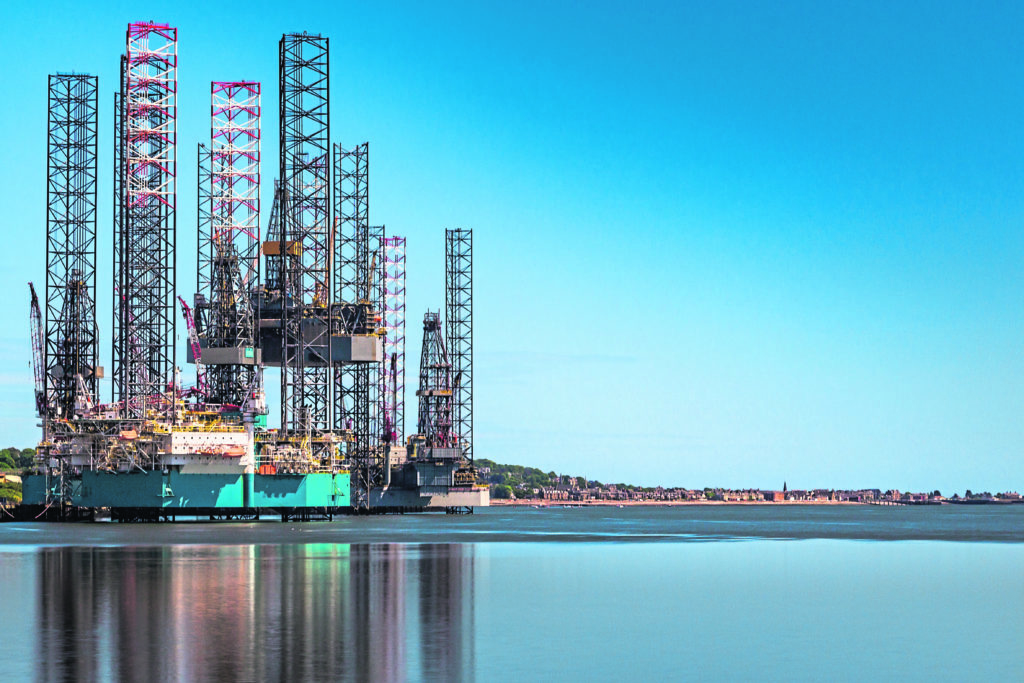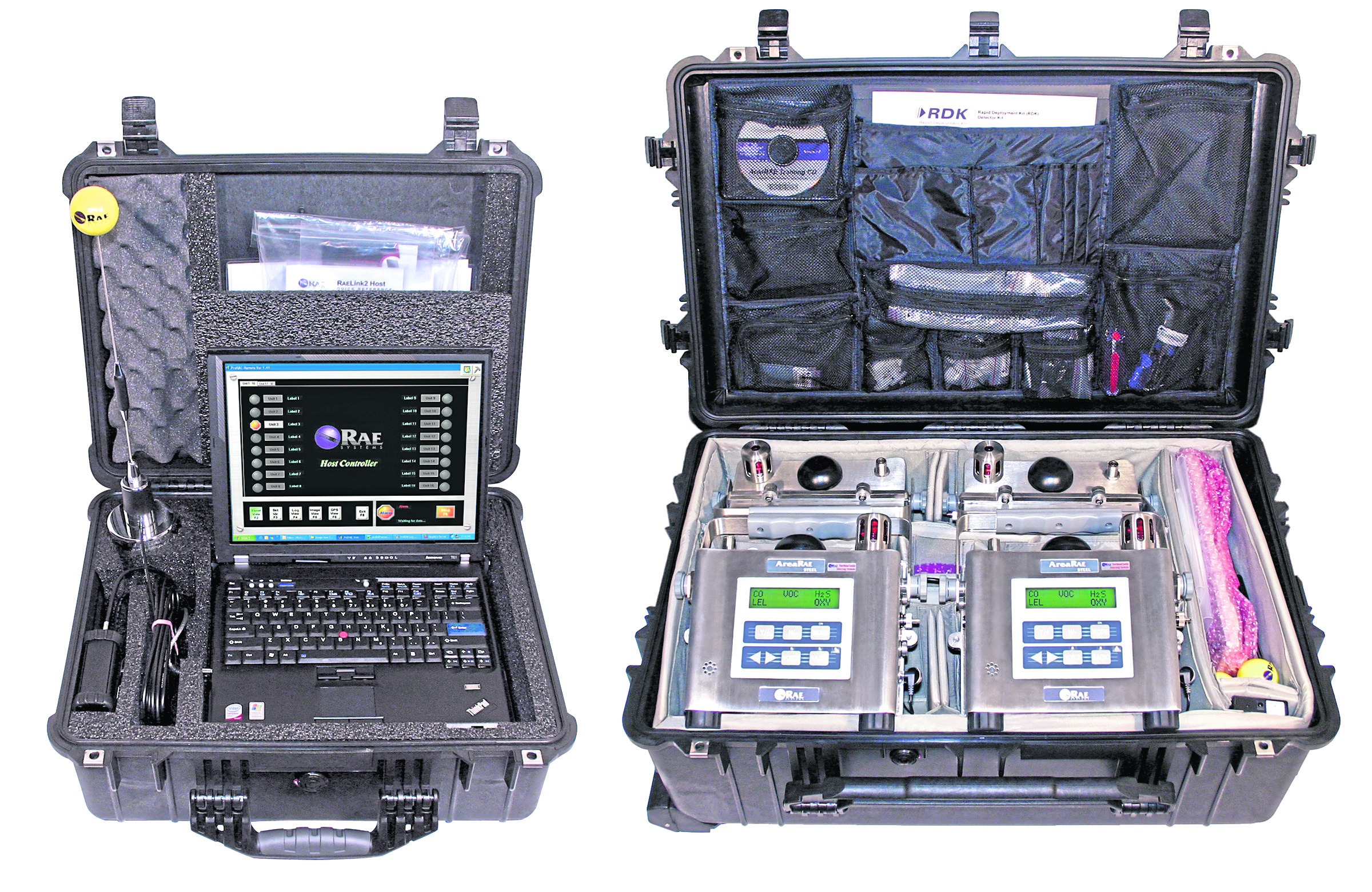
Is decommissioning and the demise of oil and gas being heralded prematurely within the UKCS, with prospects recently announced onshore near Gatwick and west of Shetland through BP and Total? Fracking in Lancashire has been given the go ahead and it won’t be long before we see this in the central belt of Scotland, utilising Grangemouth and extending its life even further.
As the price of oil tops the $80 mark with noises being made that it might reach $100 a barrel, it seems almost unthinkable that 100 UK platforms will be decommissioned by 2025.
However, decommissioning is happening and the risks in this phase associated with safety and environmental critical elements are very different. There is currently little guidance on how to manage the risks and hazards in the decommissioning phase. However, it is likely that the demands on systems will change as decommissioning progresses.
At cessation of production, the asset remains connected to live wells and process. This is known as warm suspension prior to entering cold suspension where the asset may either remain manned or transition to being unmanned before finally progressing into removal and dismantling.
As the process begins for draining down liquid hydrocarbons and breaking containment, the type of risk from fire and explosion on the asset change. There is potential fire risk due to the opening of hydrocarbon containing equipment, hot working and sparks from cutting and grinding.
Care needs to be given to the levels of detection in place as long duration pool fires are replaced with the increased risk of explosion from gas fractions being ignited.
Are these gas fractions lighter or heavier than air? Do we detect at high or low level? Have we got means of dispersing and preventing the accumulation of flammable gases?
When containment has been broken, it’s too late to play catch-up. With the increased potential for ignition being prevalent, we have no means of isolating, although fires are likely to be of a lower intensity and perhaps even tolerable to allow a controlled burn.
The emphasis now shifts on to portable fire and safety equipment. Portable detection is different to that required for a production platform.
Blaze uses wireless devices interconnected to local panels that can be interrogated remotely via IoT and can assess and respond quickly to the release of toxic and radioactive substances. The Rapid Deployment Kit includes GPS-enabled monitors, a Link3 wireless router and all necessary accessories to create a perimeter and set up a command station up to two miles from the site.For decommissioning, Blaze offers rental products that can be integrated into systems easily and rapidly. These will be required for relatively short durations in the field and a rental option means that the operator does not have the outlay of having to own infrastructure on retiring asset.
Decommissioning is by no means the beginning of the end of oil production in the UK. However retiring ageing assets is very necessary, as is continuing to ensure the safety of our workforce. As for the industry – it’s not over until it’s over.
Recommended for you

